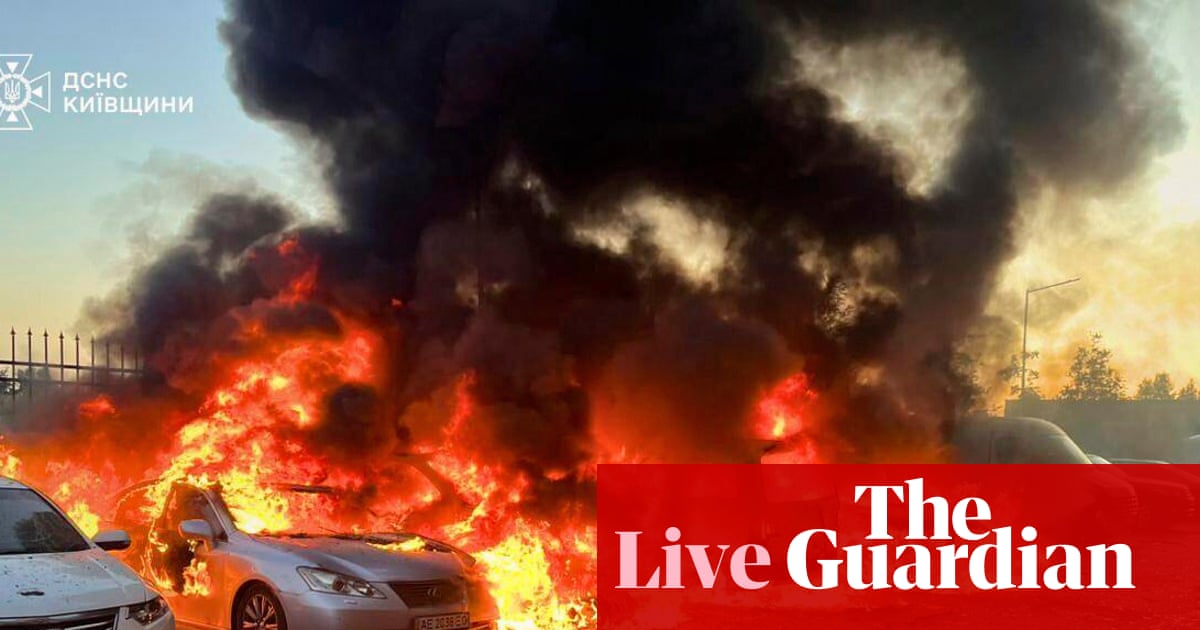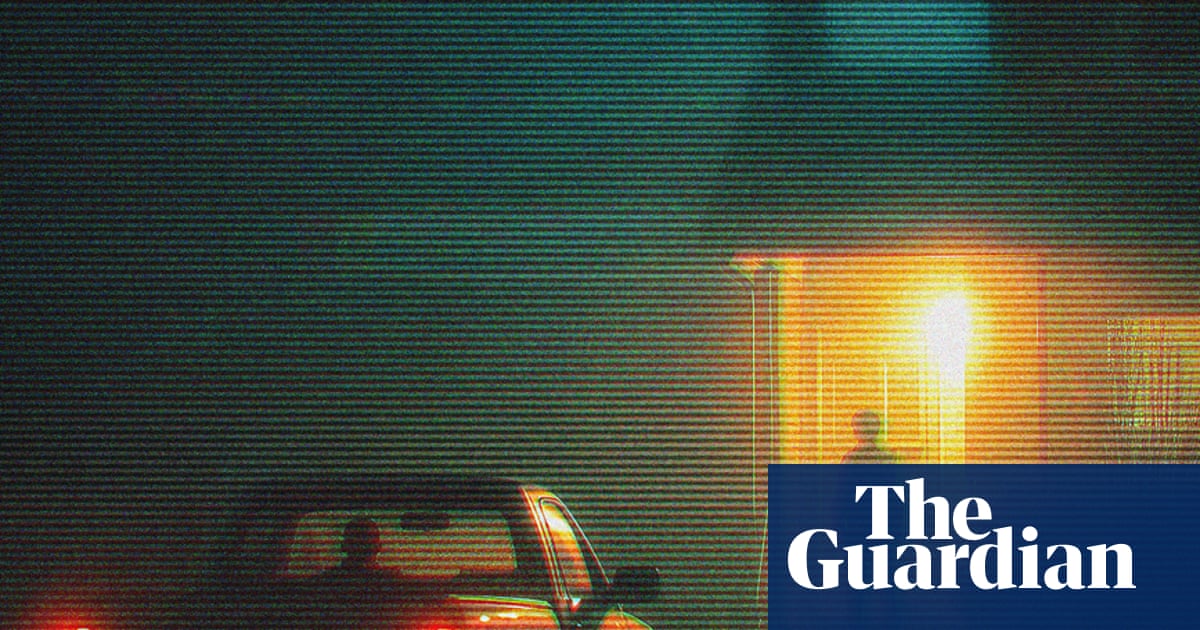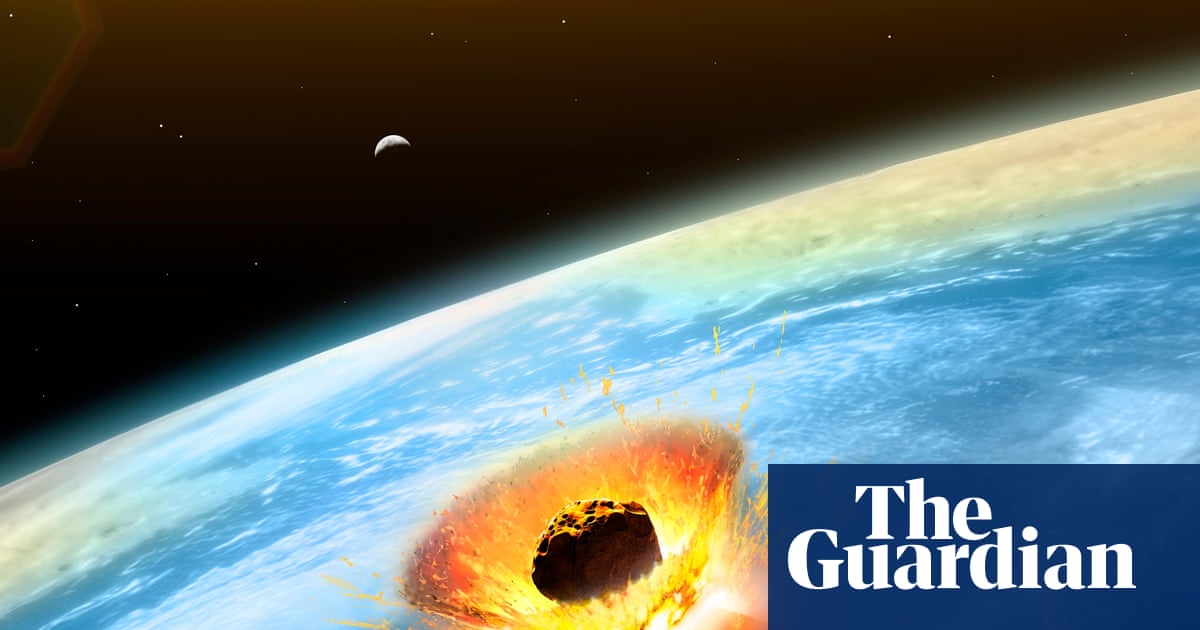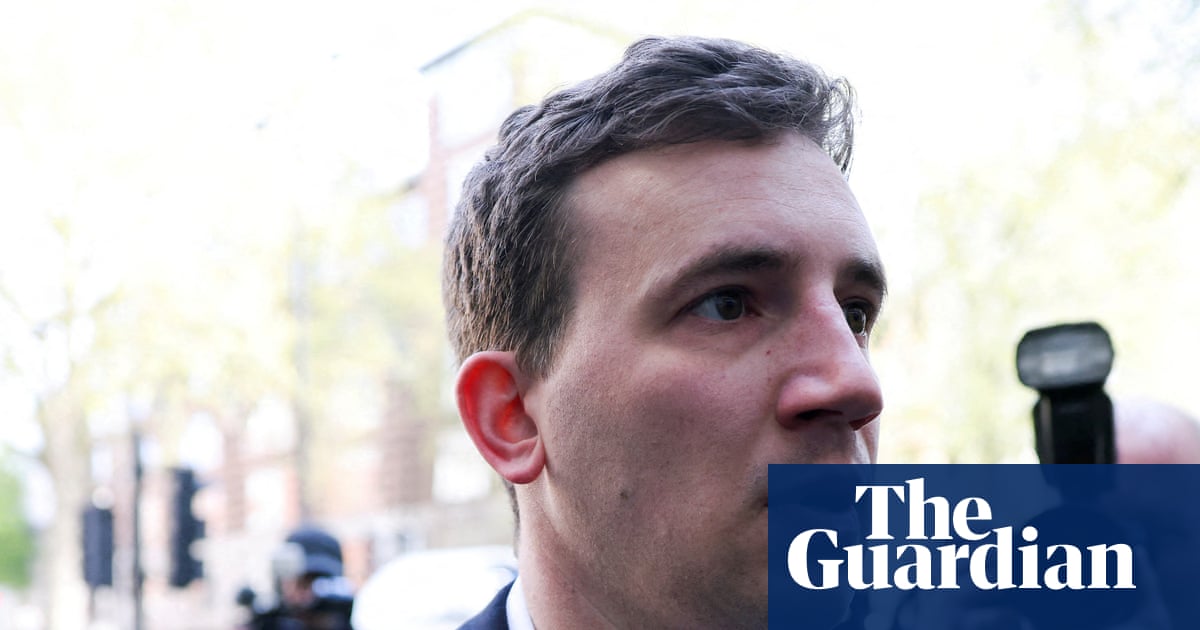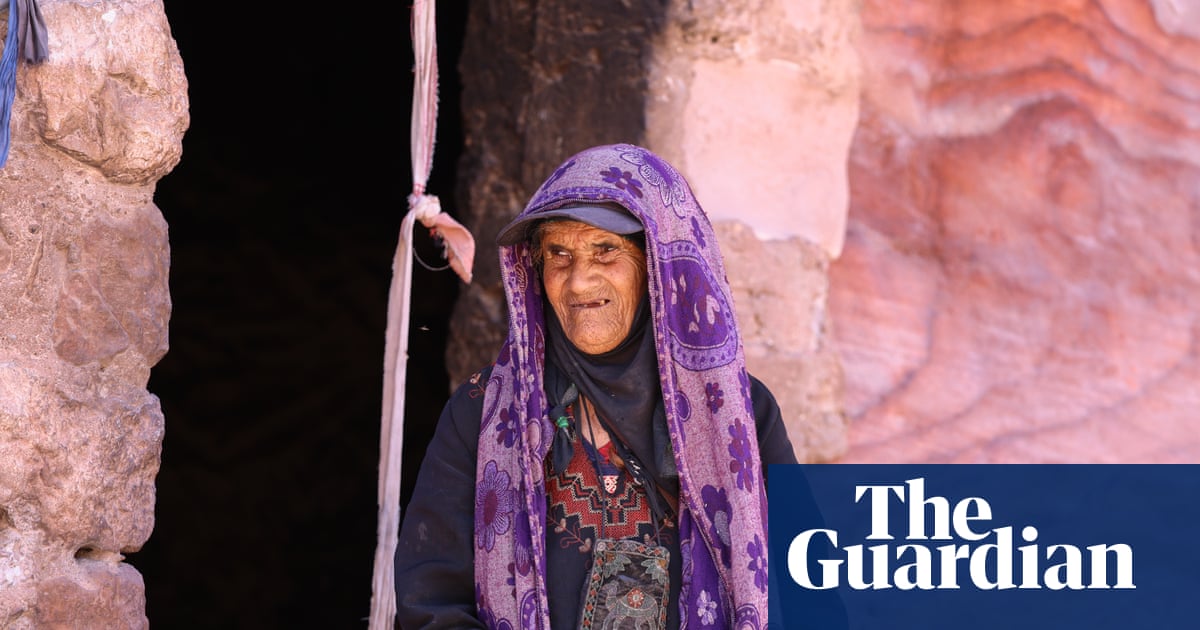Last week, on 17 June, Ukraine was attacked with 440 drones and 32 missiles. It was the fourth time this month that Russia launched more than 400 aerial weapons toward Ukraine in a single night, and one of the largest bombardments since the start of its full-scale invasion. For more than nine hours, Kyiv was kept awake by the buzzing sound of drones, the clusters of explosions caused by them and the incoming missiles, and the rattling of anti-aircraft guns firing to intercept them.
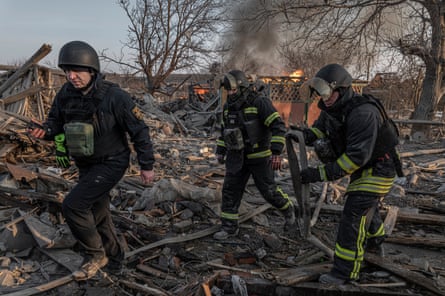
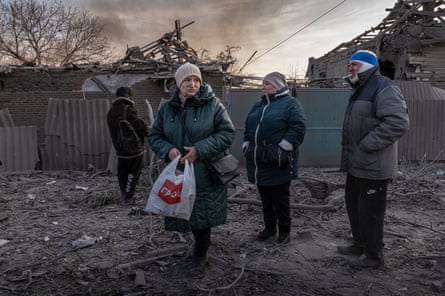
The Institute for the Study of War concluded in May that Russian forces have intensified long-range strikes against Ukraine since November 2024. Seven of the largest drone and missile strikes during the war to date were carried out since January 2025. In the same period, Vladimir Putin has stated publicly that Russia is committed to serious peace negotiations. The notion has been met with scepticism in Ukraine in light of the ongoing attacks.
While families sheltered in the hallways, bathrooms and basements of their apartment buildings, Kyiv’s firefighters scrambled to respond. By the morning of 18 June, they had pulled 23 bodies from the rubble and tended to 134 people injured in the attack. This has been the daily reality for Ukraine’s firefighters for more than three years.
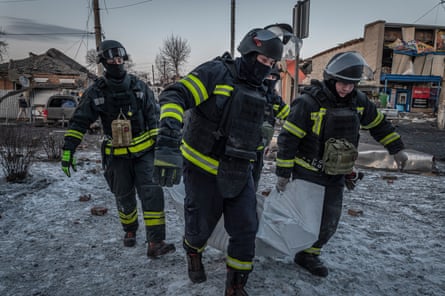
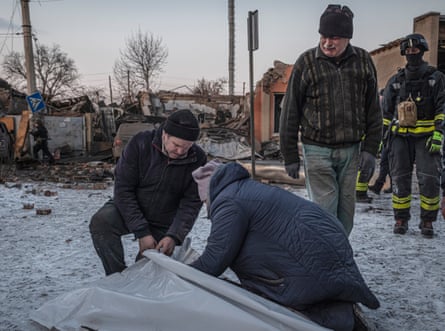
Ukraine’s firefighting service is vast: before the full-scale invasion, more than 60,000 professional firefighters and about 120,000 volunteers were part of the State Emergency Service, spread across 2,200 stations nationwide. Before Russia’s attack, most calls were routine: house fires, industrial accidents, the occasional forest blaze. Now their work is shaped almost entirely by war. Their task is daunting. Often firefighters are the first to arrive at the site of a strike. Apocalyptic scenes often await them. They move through smouldering debris, searching for survivors past children’s shoes, scorched toys and family photographs, constantly reminded that their families could be next.

In the winter of 2022, when Russian troops reached the outskirts of Bakhmut in eastern Ukraine, the city’s firefighters stayed. Artillery shells whistled over their heads for months, sometimes landing just outside the station. Without running water, crews were forced to drive into open fields to fill up their water tanks from a nearby lake, in clear view of Russian reconnaissance drones. Returning to base they would wait for incoming artillery strikes that usually started in the afternoon, like clockwork, and lasted until late in the evening or throughout the night. The firefighters were the last to leave the city before it fell.
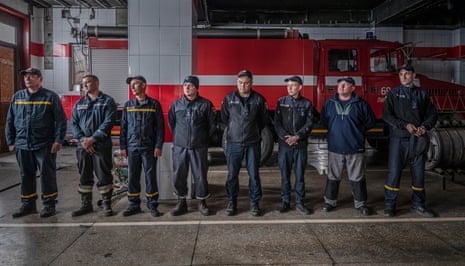
In the previously occupied city of Lyman, firefighters are in a similar situation today. Russian positions are just 12 km (7.5 miles) away, placing them well within range of Russian artillery and FPV attack drones. Living underground, they wait for incoming airstrikes. Vitaliy Vorona, the station’s commander, says they respond to about 20 strikes each week. When that happens, the firefighters rush to put on their flak jackets and helmets before they race towards the danger.

So-called “double-tap strikes” are a common occurrence on the frontline in the Lyman district. In such incidents, Russia launches a second or third strike on the same coordinates as its first strike, targeting first responders who rushed to the scene to help. “It happens very often,” Vorona says, “even if no military targets are close”. He himself was injured when an S-300 missile hit the fire department, but recovered without lasting injury. Outside the Lyman fire station, a makeshift memorial honours a colleague who wasn’t as lucky. He was killed in a rocket strike on his unit while they responded to a forest fire in nearby Sviatohirsk.
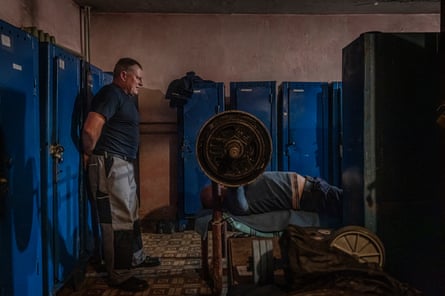
Double-tap strikes have occurred across the country throughout the trajectory of the war. In April of 2024, when firefighters were working at the site of an apartment block in the centre of Dnipro, they paused the search for a missing person because another ballistic missile was heading their way. They scrambled to the nearby subway station for cover. Luckily, the missile was intercepted but the missing person was later found dead.

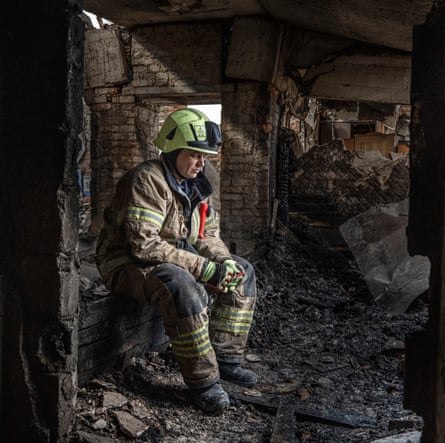
In spring and summer, much of the work in Lyman now consists of fighting forest fires caused by Russian artillery strikes. In some weeks, as much as 146 hectares (360 acres) of woodland have gone up in flames, according to Vorona. Much of the land around Lyman is still potentially mined because it was occupied by Russian troops in 2022. “We don’t have a choice,” Vorona says. “If we don’t go in, the fire will reach nearby settlements.”

The work of Ukraine’s firefighters has brought them face to face with the consequences of Russia’s relentless air war. Moscow says it targets only military infrastructure, but firefighters have witnessed a different reality. The UN reported this month that civilian deaths and injuries in the first five months of 2025 were nearly 50% higher than in the same period last year. At least 13,134 civilians have been killed in Ukraine since Putin’s full-scale invasion, according to a May 2025 UN report.

Vorona doesn’t believe in Putin’s good intentions. “I believe that the goal is to destroy the territory, to destroy the population, primarily civilians,” he says. “It’s their so-called policy of liberation. In reality, it’s a policy of elimination. They want to destroy everything.”
Over three years of frontline work have left their mark on Ukraine’s firefighters. Like the soldiers fighting on the frontline, many live in constant danger and face death and destruction on a daily basis. Each incident is a reminder that they could themselves be next.
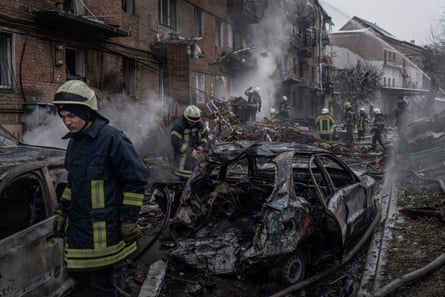
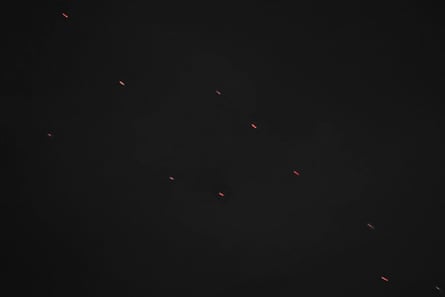
On 6 June, a large missile and drone attack on Kyiv resulted in the deaths of three firefighters. They were killed by a Russian airstrike while they were responding to an earlier one. It brought the total number of killed emergency workers to 105 since the start of the full-scale invasion. In Ukraine, Pavlo Yezhor, Danylo Skadin and Andriy Remennyi are remembered as heroes.

 2 months ago
44
2 months ago
44


